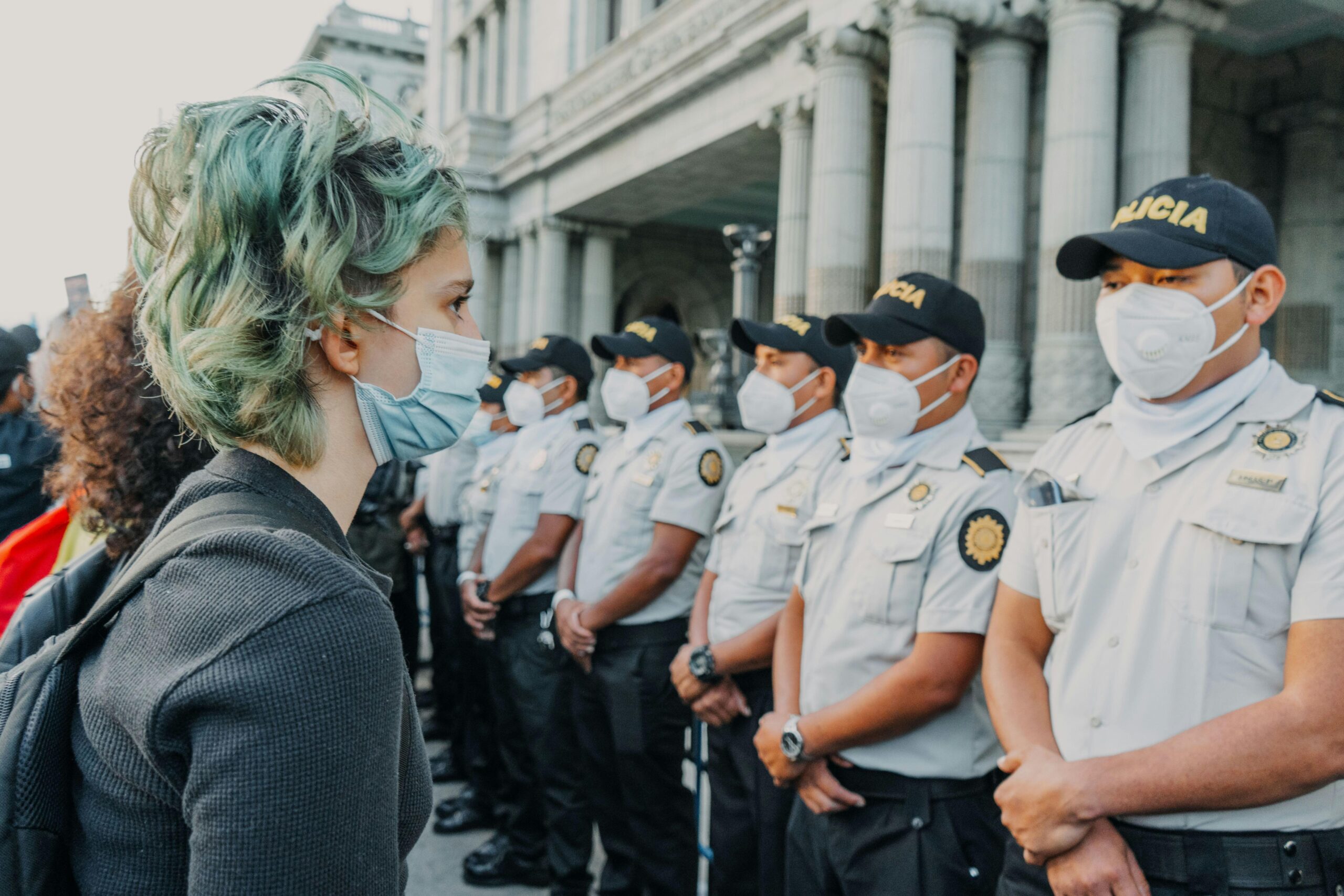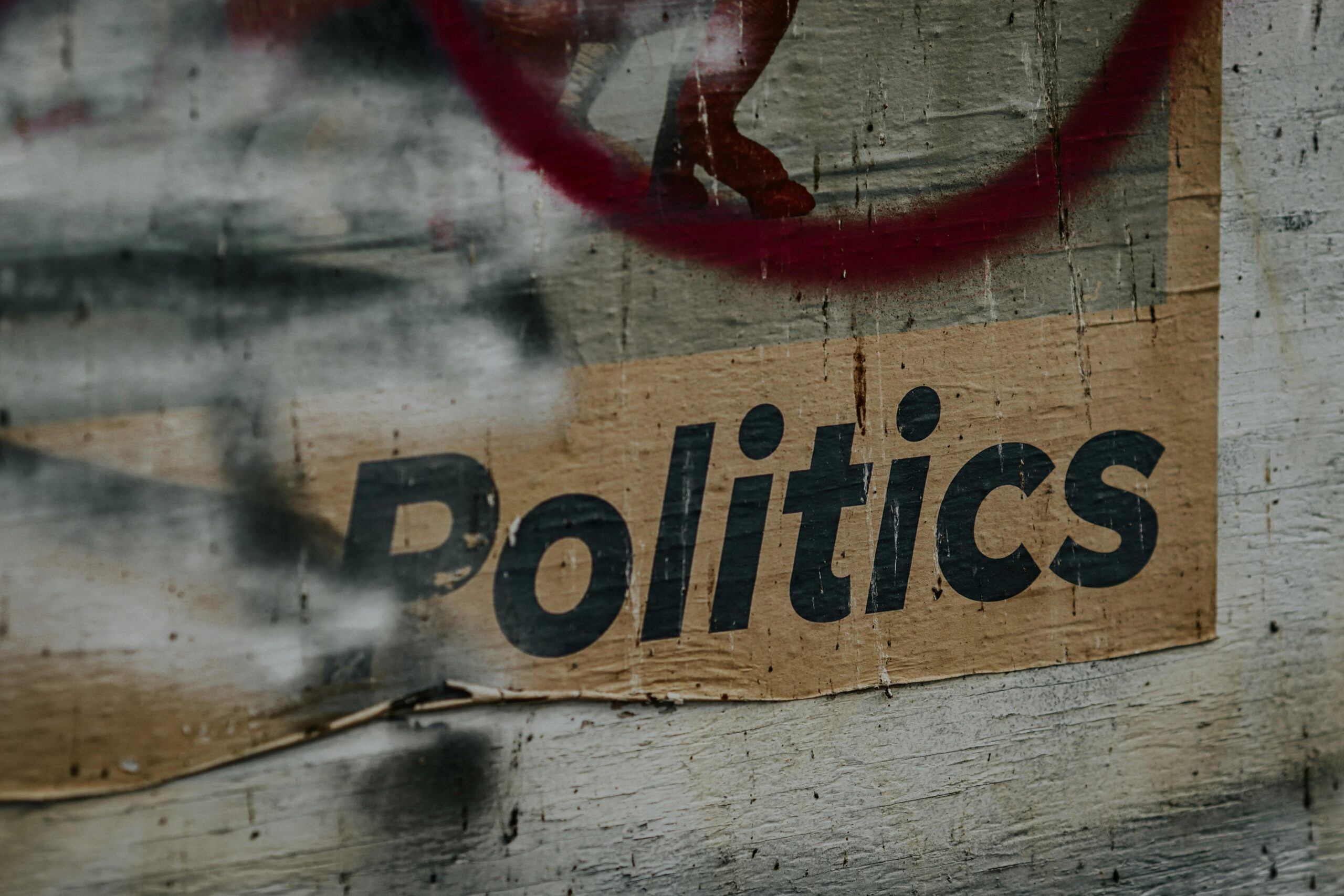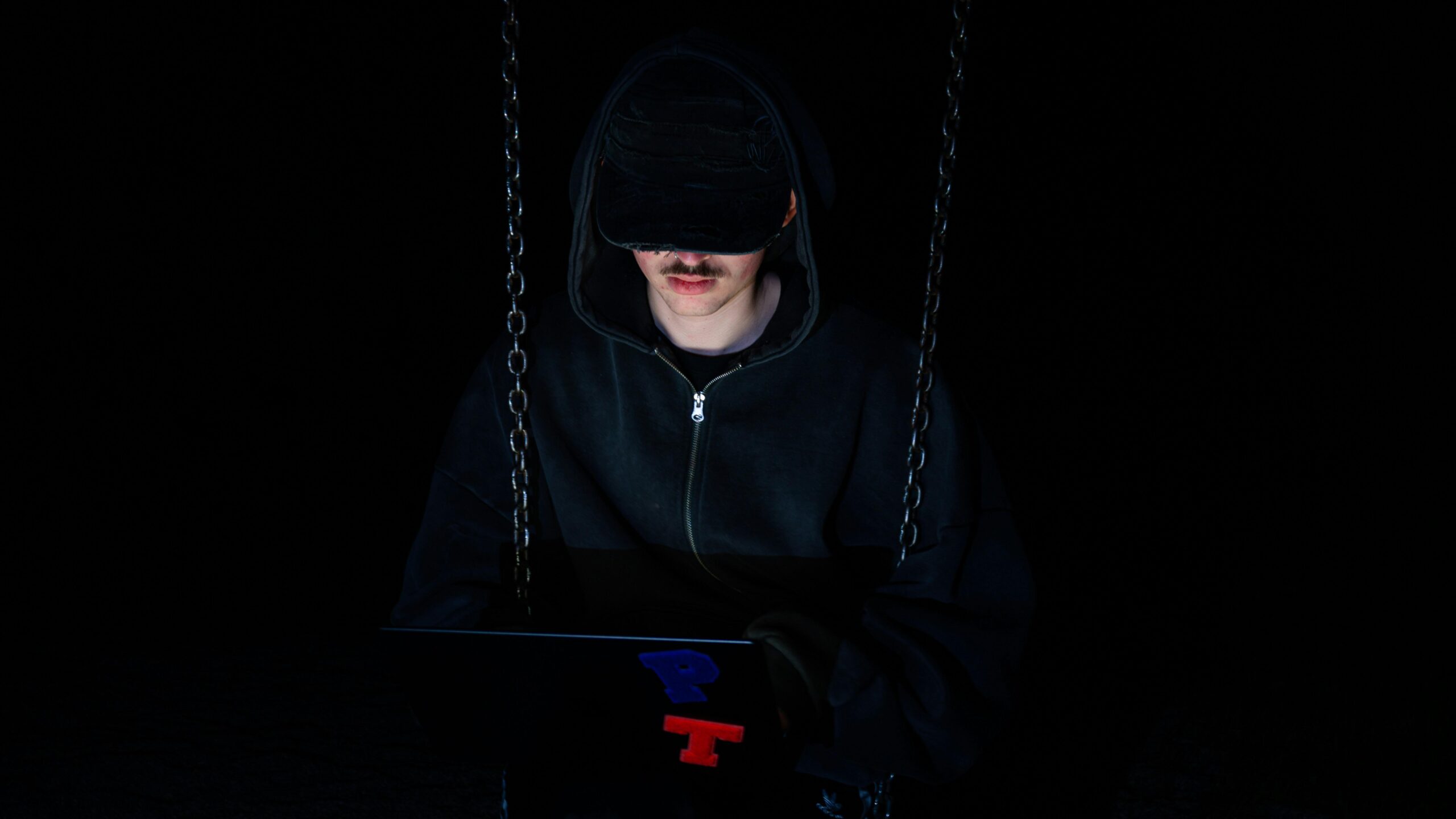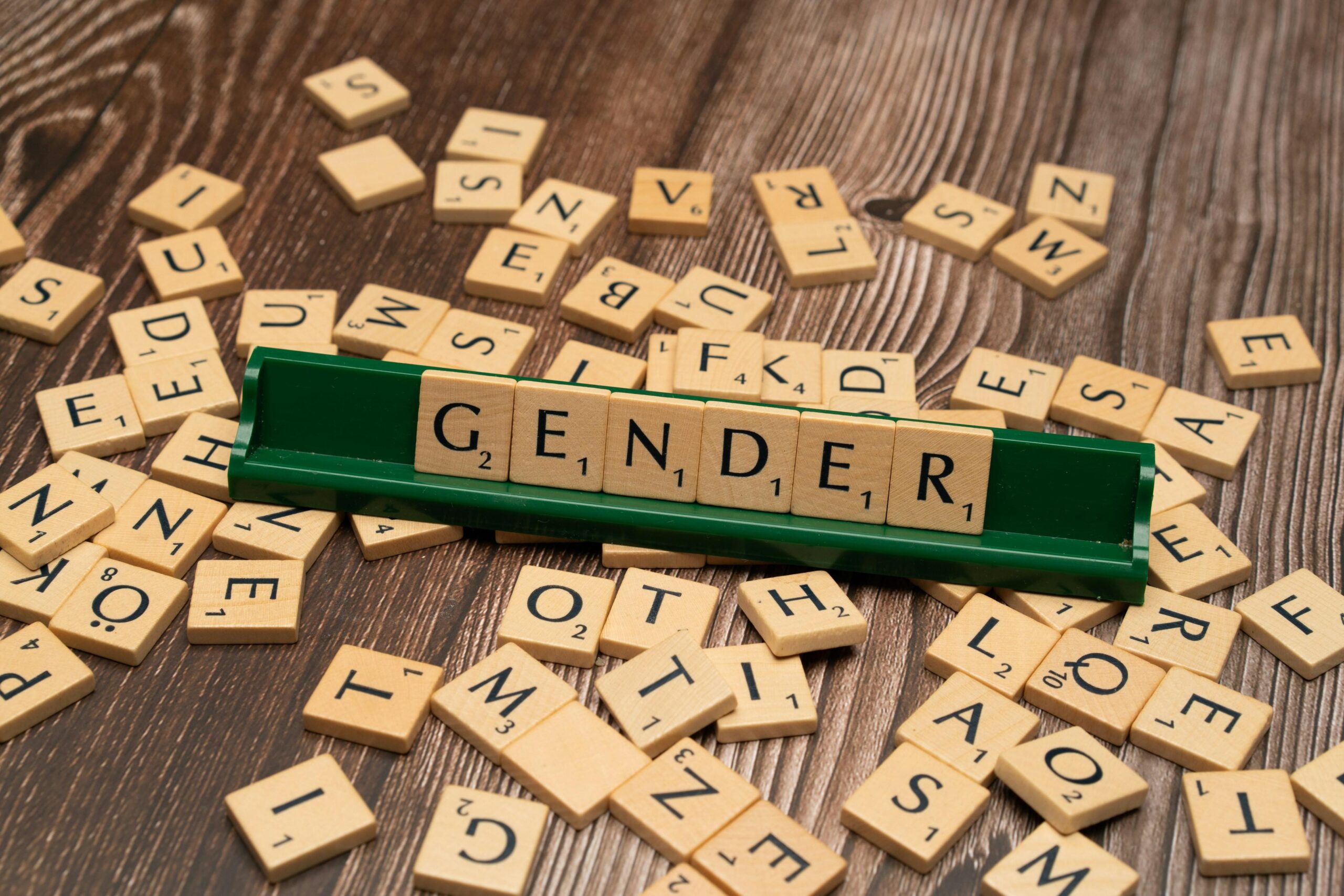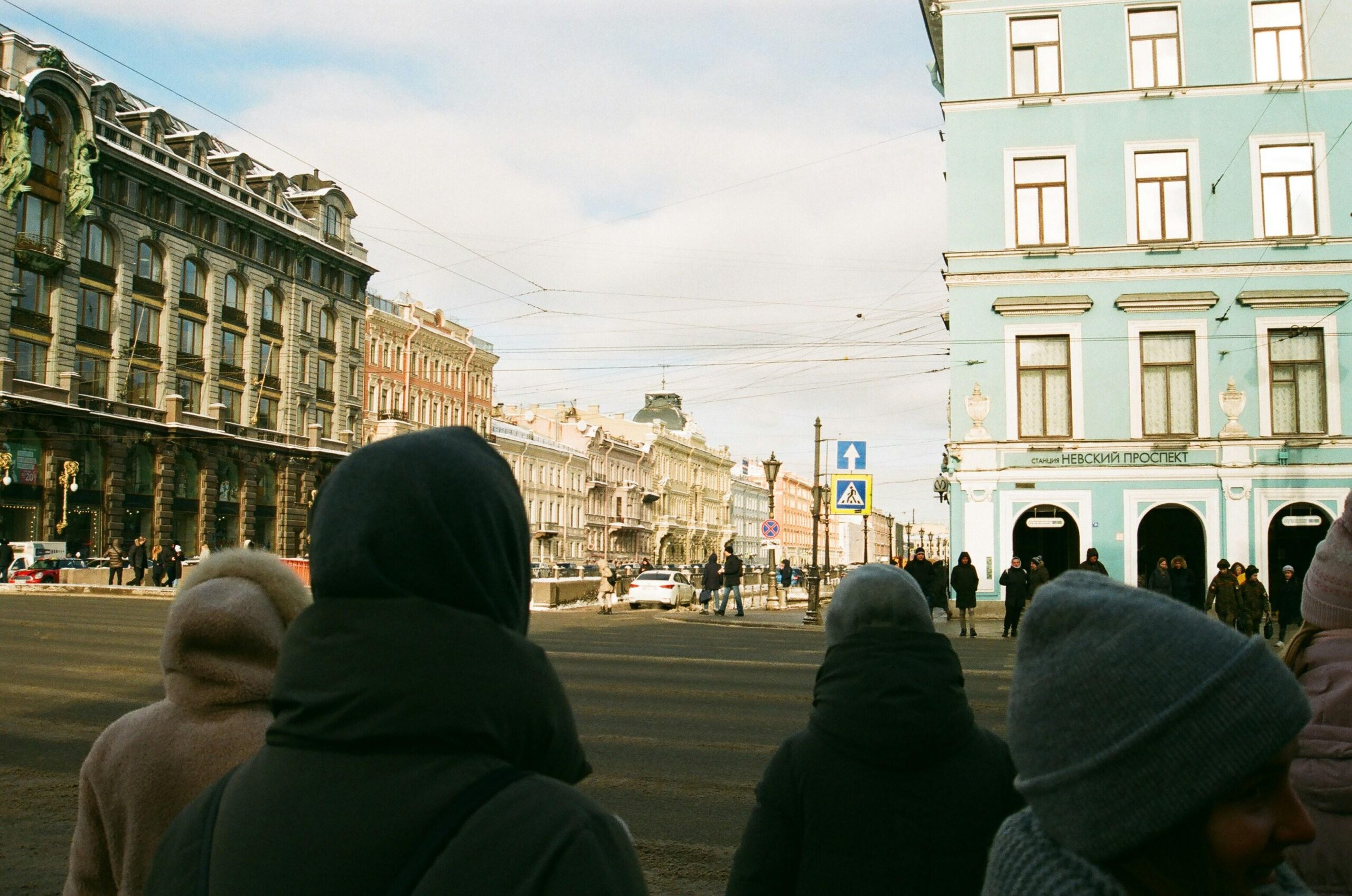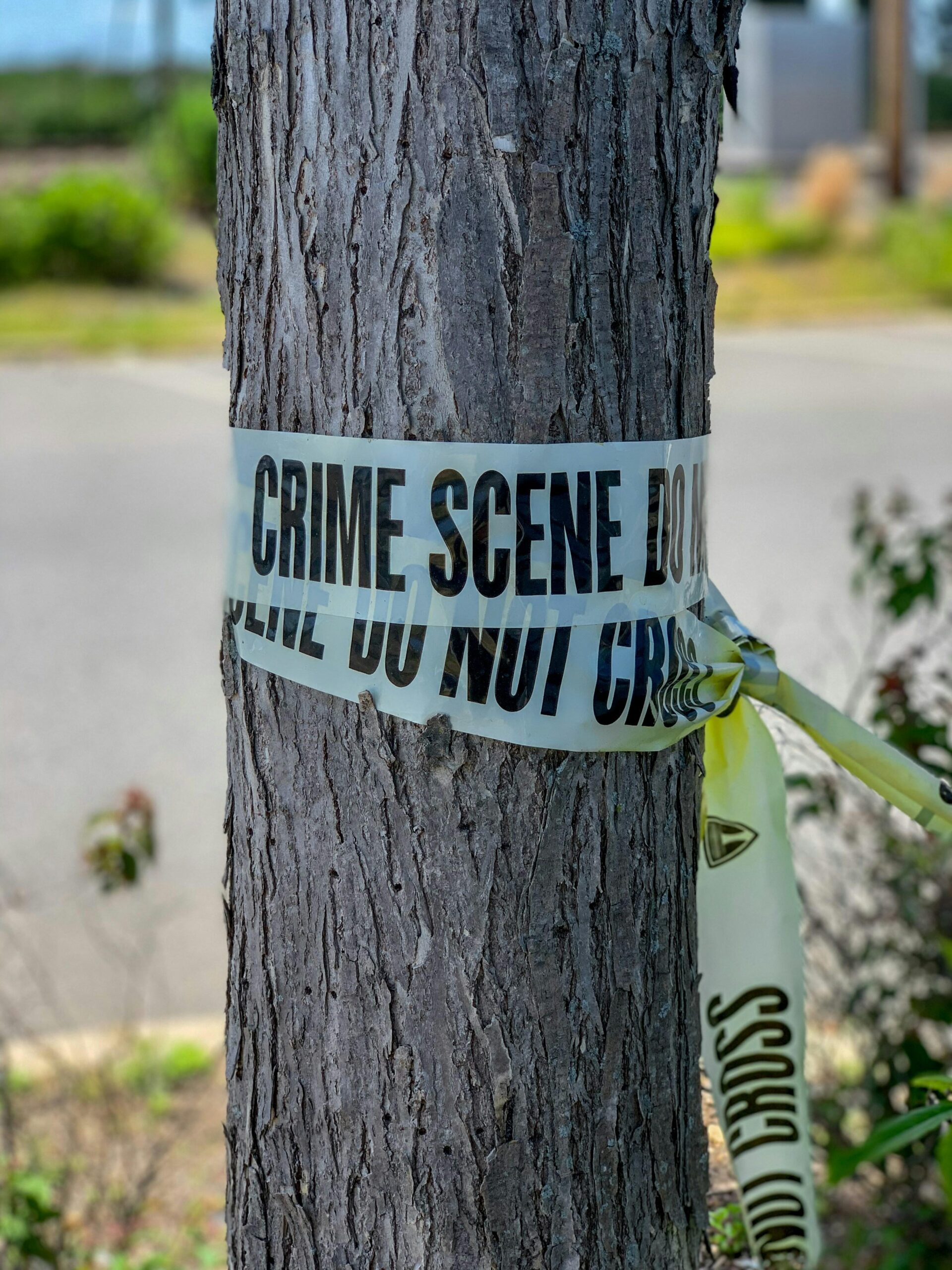Have you ever wondered how the stories we see on TV or the headlines we scroll through shape the way we think about police officers and criminals? Media is everywhere—in movies, news reports, social media, and even video games—and it has a powerful influence on our perceptions. But how much of what we believe about crime and law enforcement is shaped by reality, and how much is crafted by storytelling choices? In this blog post, we’ll dive into the fascinating ways media shapes our views of police and criminals, exploring the impact of portrayals that can sway public opinion, reinforce stereotypes, or even inspire change. Let’s dig in and unravel the complex relationship between media narratives and our understanding of justice.
Table of Contents
- The Power of Headlines How News Frames Police and Criminal Stories
- Beyond the Screen The Role of Movies and TV Shows in Shaping Perceptions
- Unpacking Bias How Media Representation Influences Public Trust and Fear
- Taking Control Becoming Media Savvy Consumers for a Balanced Understanding
- To Wrap It Up
The Power of Headlines How News Frames Police and Criminal Stories
Headlines act as the first impression of any news story, wielding an immense influence over how readers interpret events, especially those involving police and criminal activity. They often distill complex narratives into a few succinct words, guiding public perception before the full story unfolds. This powerful framing can highlight certain aspects—like emphasizing a suspect’s alleged guilt or portraying police actions as heroic—shaping an immediate emotional response. The choice of words, tone, and focus in headlines doesn’t merely summarize; it subtly steers readers toward specific viewpoints, sometimes reinforcing stereotypes or biases.
Consider how headlines might:
- Use charged adjectives such as “brutal,” “heroic,” or “alleged” to influence judgment
- Highlight or omit key details like suspects’ backgrounds or the context of police interventions
- Frame incidents from the perspective of law enforcement or victims to craft sympathy
By setting the tone at the very top of the story, headlines essentially act as a lens through which the public views the complex interplay between law enforcement and criminal justice, often prioritizing sensation over nuance.
Beyond the Screen The Role of Movies and TV Shows in Shaping Perceptions
When we watch movies and TV shows, we’re absorbing much more than just entertainment; we’re internalizing narratives that subtly influence how we perceive authority figures like the police and those labeled as criminals. These portrayals often sway public opinion by creating archetypes — the heroic detective, the ruthless criminal, or the corrupt law enforcer — that stick in our minds. Such characterizations can either shine a light on societal issues or reinforce stereotypes, shaping our understanding of justice, morality, and human behavior without us even realizing it.
Consider the impact of these recurring themes:
- Heroism and Vigilantism: Media often glorifies cops who bend rules to achieve justice, blurring ethical lines and influencing viewers’ expectations of real-world policing.
- Demonization of Criminals: Complex human motivations get reduced to black-and-white villainy, affecting empathy and public discourse around crime and rehabilitation.
- Moral Ambiguity: Some shows challenge conventional views by presenting flawed characters, inviting audiences to question the simplistic good-versus-evil dichotomy.
These storytelling choices ripple through society, sometimes affecting jury biases, policy debates, and even recruitment into law enforcement careers. As consumers of media, questioning these portrayals helps us recognize how deeply and quietly our perceptions are molded.
Unpacking Bias How Media Representation Influences Public Trust and Fear
Media outlets often serve as the primary lens through which many perceive law enforcement and criminality, yet this lens is frequently tinted with inherent biases. These biases can manifest in the selective spotlighting of certain narratives and the omission of others, skewing public perception. For example, sensational headlines emphasizing crime rates and violence may amplify fear disproportionately, while stories highlighting community policing successes might be fewer and less prominent. This imbalance fosters a climate where suspicion and mistrust can grow, even if actual crime statistics don’t necessarily support such anxieties.
Consider how the choice of language and imagery plays a crucial role in shaping attitudes. News stories describing suspects with loaded adjectives or repeatedly showing distressing footage can subconsciously reinforce stereotypes. Meanwhile, positive interactions between police and communities often receive less coverage, which makes it hard to counteract prevailing narratives. Some key factors include:
- Repetition of negative frames: The frequent portrayal of police as either heroic enforcers or aggressive oppressors limits nuanced understanding.
- Focus on dramatic incidents: Isolated events are highlighted over everyday experiences, skewing perceptions of prevalence and severity.
- Visual storytelling choices: The imagery selected can evoke emotional reactions that influence opinions beyond facts alone.
Taking Control Becoming Media Savvy Consumers for a Balanced Understanding
In today’s information-rich world, developing a discerning eye toward media narratives is not just beneficial—it’s essential. By actively questioning the sources, motives, and presentation styles behind stories about police and criminals, consumers can avoid falling prey to oversimplified or sensationalized depictions. Recognizing biases, understanding framing techniques, and seeking out diverse viewpoints empower audiences to construct a more nuanced and empathetic perspective. This critical approach helps break down stereotypes and highlights the systemic complexities often obscured by mainstream portrayals.
To become more media savvy, consider incorporating a few key habits into your digital consumption routine:
- Cross-verify information across multiple reputable sources before forming opinions.
- Notice language that evokes strong emotions or implies judgment, and question its intent.
- Explore independent and local journalism to gain insights that large outlets might overlook.
- Engage with community voices to understand the lived realities behind the headlines.
Developing these skills not only fosters a balanced understanding of complex social issues but also strengthens democratic participation by promoting informed discussions grounded in empathy rather than fear or prejudice.
To Wrap It Up
As we navigate the complex world of media, it’s clear that the images and stories we consume play a powerful role in shaping how we see law enforcement and those accused of crime. Whether it’s through news reports, TV dramas, or social media, the narratives presented to us influence our perceptions—and ultimately, our opinions and actions. So next time you watch a cop show or scroll through the latest headline, take a moment to wonder: what’s really being shown, and what’s being left out? Understanding the media’s influence is the first step toward forming a more balanced and thoughtful view of justice in our society. Curious to dive deeper? Keep questioning and exploring—there’s always more beneath the surface.


